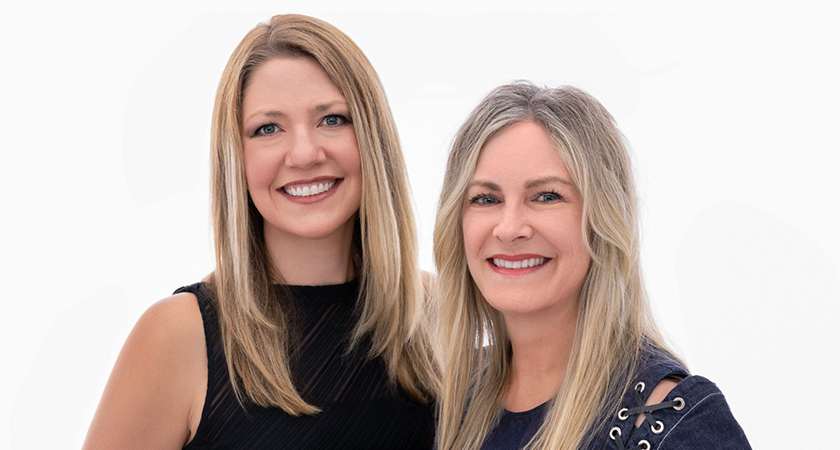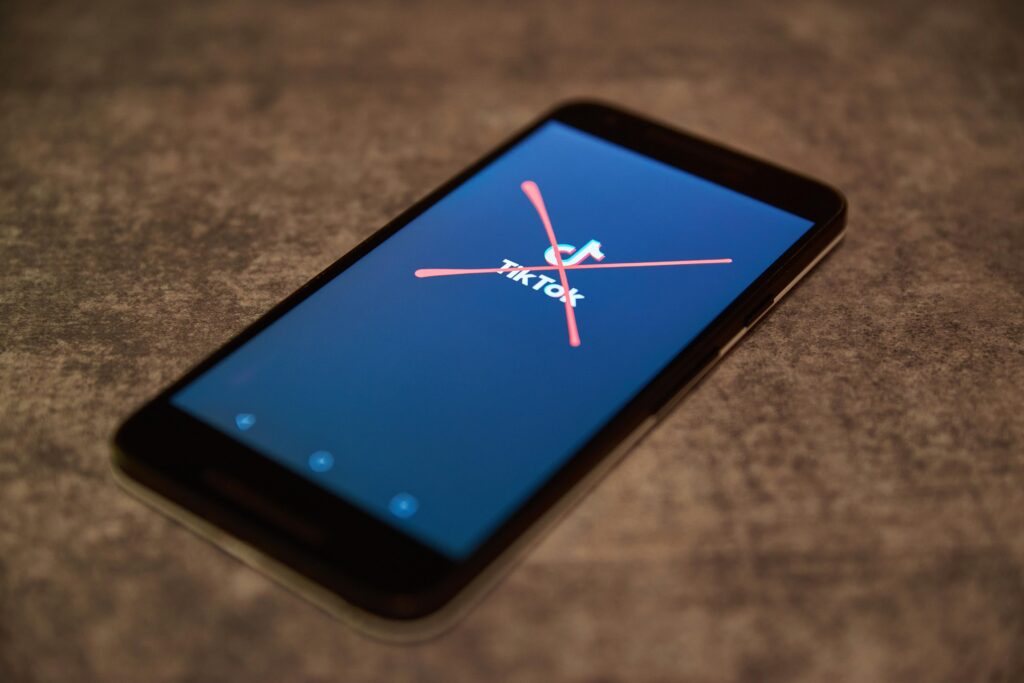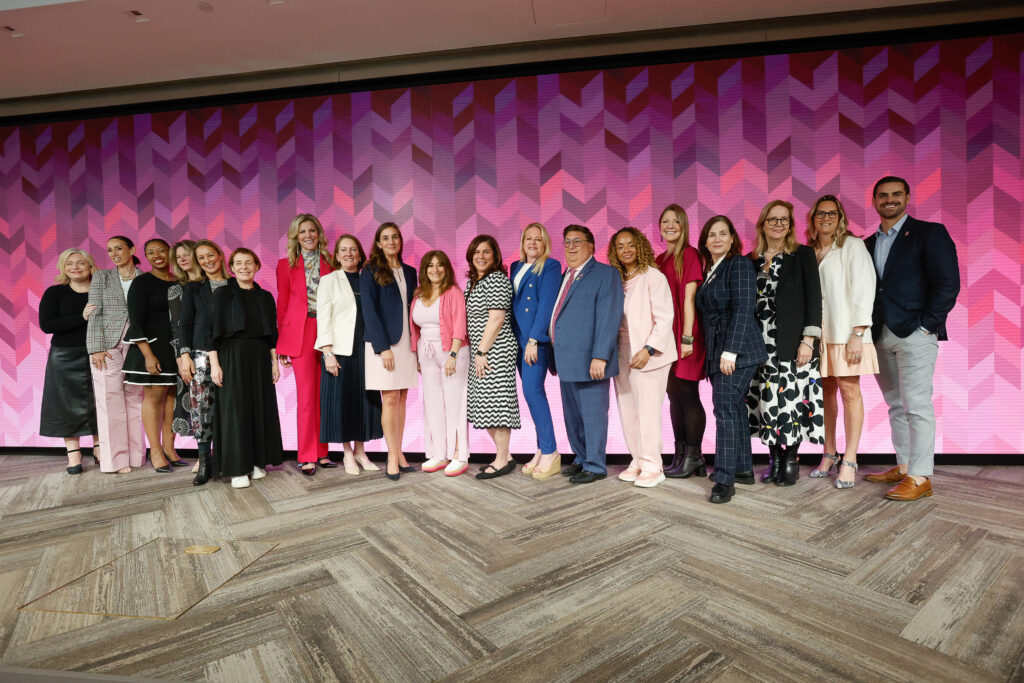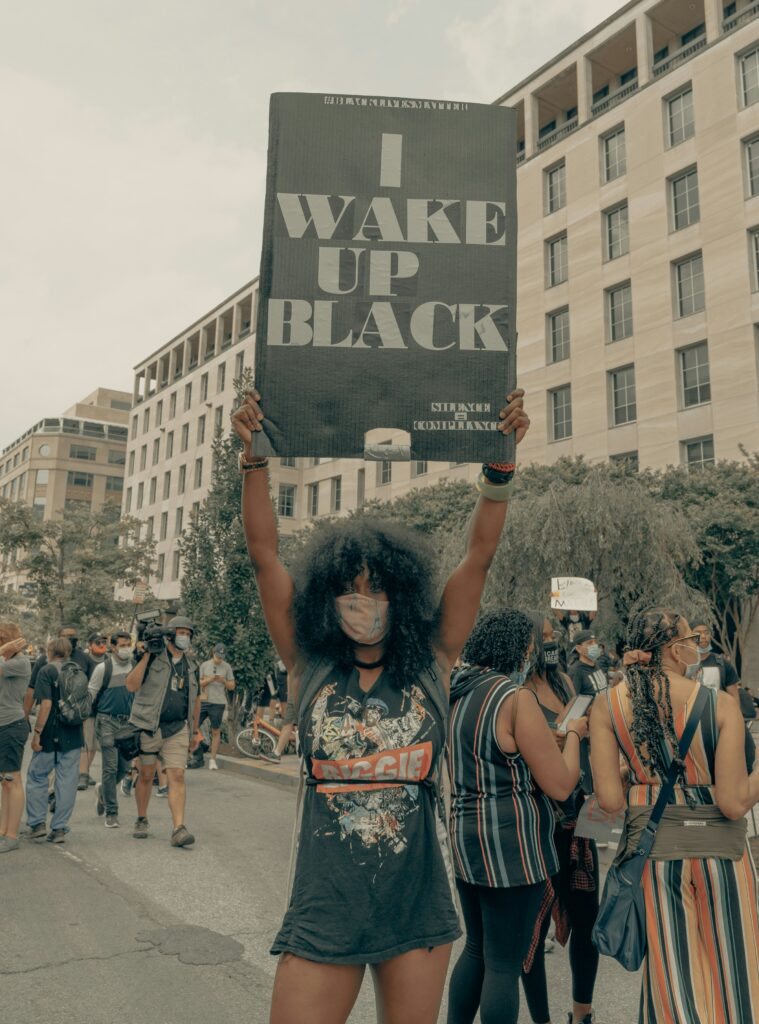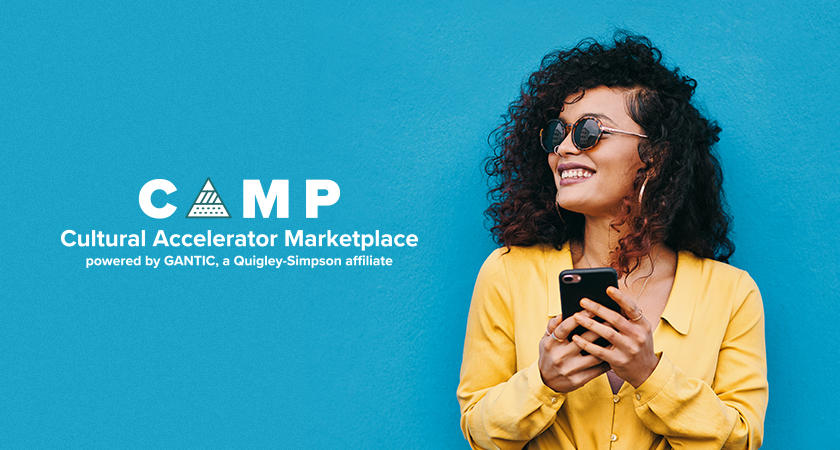IAB NewFronts gave marketers a first look at the latest in digital content—and this year the creator economy took center stage. The conference kicked off with a series of conversations between creators and marketing leaders. Then, over the next few days, publishers and platforms shared how they were approaching new content and the creator economy. Here are the key points we heard:
Consistency is key
The one-and-done approach doesn’t work as well as building lasting relationships with creators who both resonate with your audience and represent your brand’s values. According to Earnest Pettie, Trends Insights Lead at YouTube, this is especially important when partnering with creators to connect with diverse audiences. He recommended that brands, “Stop chasing every individual trend and, instead, build deeper relationships. Then you’ll always be ahead of the trend.”
Collaboration drives connection
Engagement is highest when creators have the freedom to interpret the brand message in ways that are relevant to their audience, versus sticking to a tight list of requirements to match an advertising campaign. Johanna Lara, head of Sales Strategy and Programs, YouTube BrandConnect, said, “The creator’s authentic voice gets the brand closer to their audience.”
Many creators said they welcomed the opportunity to be brought in early in the process and collaborate with agency creatives. Popular YouTuber Collins Key commented, “The myth is that all creators are lone wolves doing everything. There are teams of professionals behind us. Brand investment is allowing us to bring content to light and take on bigger projects.”
Collaboration between brands and creators mirrors the kind of collaboration that happens between creators and their followers. Remix culture is growing, especially with Gen Z audiences. Samir Chaudry, creator and founder of Colin and Samir, said, “You’re not making content for the audience. You’re making content with the audience.”
It’s not all about big celebrities and huge budgets
According to Tara Walpert Levy, vice president, Americas, YouTube, high production value is not always necessary for brands to be successful. “Production is not what makes content relevant. It’s about the story, the creator, the relevancy,” she said.
And while partnering with a well-known personality is a great way to achieve scale, Michael Kassan, chief executive officer of MediaLink, pointed out that this option is not without risk, given the recent controversies surrounding celebrities.
Sophie Kelly, senior vice president of Whiskeys Portfolio in North America at Diageo, found that a huge following is not always necessary if the creator is highly trusted by the brand’s audience. “Small authentic moments can be as big as massive entertainment properties,” she said.
While brand leaders and top creators seemed to share very similar ideas about what works, each media platform had very different ideas about how to bring content to market.
TikTok
In a big, bold presentation, TikTok made a case for brands to partner with creators out of the mainstream. The company showcased the success of several creators who had grown their audience solely through their work on the platform—versus bringing an audience over from fame on TV, movies, or music. Global Head of Business Marketing Sofia Hernandez believes this type of creator is more relatable to audiences than celebrities and can help brands meet their customers “as equals.” She also emphasized the collaborative nature of TikTok creators, allowing brands to offer more organic and relevant experiences for audiences.
Sofia described how the TikTok algorithm does not prioritize creators with larger audience sizes or the most likes. “Any TikTok can take off at any time,” she said. For this reason, she believes the platform can offer something more unexpected and entertaining than their competition. “People check social media. People watch TikTok.”
To help marketers partner and collaborate with creators, the company announced the launch of TikTok Pulse—a way for brands to safely associate themselves with the top 4% of culturally relevant content in various categories. To help drive content creation, TikTok is offering direct ad revenue share to creators. The program is similar to YouTube but has a lower threshold of followers and engagement needed for creators to qualify.
Snap
After recently falling behind TikTok in users, the company made one of the biggest live presentations of the conference. Snap brought along a wide range of creators and company leaders—including CEO Evan Spiegel. They positioned themselves against their competition by emphasizing their focus on supporting positive content and the fact that Snap is a closed environment “where you can be yourself with your friends.” Taking a stab at Meta, Chief Business Officer Jeremi Gorman said that Snap delivers a “healthier news experience by working with trusted publishers.”
A big focus of the Snap presentation was on their AI features. Resh Sidhu, the global director of Arcadia Creative Studio (Snap’s AR development and design studio for brands) painted a picture of a metaverse dominated by AR versus Meta’s VR vision. She discussed how AR is delivering results right now on Snap, citing research showing Gen Z is more likely to make a purchase after they’ve experienced something in AR.
Another interesting new feature from Snap is Cameo for Brands. This allows brands to quickly and affordably deploy organic feeling messages coming directly from a range of celebrities.
Condé Nast
In contrast to TikTok and Snap, this long-established publisher leaned heavily on their access to celebrity talent. President Agnes Chu said the company had increased video investment by 22% so that they could offer brands reach, scale, and access to premium talent and events. She also announced that GQ sports will triple the amount of content and will offer extensive coverage of events around the next Super Bowl, providing access to “everything but the game itself.”
Like Condé Nast, Twitter positioned themselves away from the non-mainstream creators of TikTok and Snap. The company’s presentation also focused heavily on sports content, showcasing partnerships with FIFA, Formula One, and the WNBA. Vice President Global Client Solutions JP Maheu described Twitter as “the place people go to watch premium content.” He said that the platform functions as a second-screen experience and can drive incremental reach for a TV buy. Vice President of U.S. Client Solutions Robin Wheeler announced that Twitter has a live shopping experience in beta testing, emphasizing the company’s focus on providing full-funnel solutions for brands.
However, Twitter was conspicuously silent on what impact the Elon Musk ownership might have for brands. Could any of their marketing solutions be undone if the company goes private and Musk follows through on his talk to reduce the amount of advertising content on Twitter?
Meta
Facebook and Instagram’s parent company was the only major player in social media not to host a live presentation. In a recorded message, Sheryl Sandberg, chief operating officer of Facebook, spoke about Meta’s commitment to brand safety and helping creators monetize—but did not detail any specific new policies, features, or offerings. During her presentation, she also emphasized Meta’s position that brands perform better on their platforms when they use multiple video formats for a single campaign (stories, reels, in feed, etc.).
Not surprisingly, a big focus of Meta’s presentation was the metaverse. Sandberg said that creators will lead the way and be the guides in the company’s VR-metaverse concept. However, she did not provide details on how this would actually happen. For example: How could a creator monetize the extensive effort needed to create a VR experience? Instead, the company showcased a metaverse activation for Wendy’s, using Meta’s Horizon Worlds platform.
Our takeaways
The brand’s message, values, and goals must always drive making in the creator economy. It’s easy to be distracted by the allure of viral impressions. Just like the early days of social media, the brands that will, ultimately, be the most successful are not the ones that get the largest number of likes, shares, and comments but those that make the most relevant connections with their audience.
The customer must be at the center of every decision. Your audience must see themselves in the creators you choose—whether that means well-known celebrities who share their values or a new creator doing something meaningful for the community. With most publishers and platforms having strong content and features to offer, your choice should be guided by where your customers are. The best crafted TikTok activation won’t work if your customers prefer Twitter, and vice versa.
A willingness to collaborate with creators and be flexible with style guides can produce more relevant content. However, it’s important that the brand does not get lost. And while we all know not to run TV ads on social, there should be a strong connection between the creator’s work and the message the brand is sending through paid media. This is where our skill as marketers can truly complement the energy and passion of the creator economy.


